Photos: Curly-Haired Man Carved into Ancient Sarcophagus
Construction workers unearthed a 2-ton limestone sarcophagus during a building project in Ashkelon, a city along Israel's Mediterranean coast. The 1,800-year-old coffin is decorated with detailed carvings, including a reclining man with a Roman-style haircut; a wine vessel intertwined with grape clusters and leaves; wreaths; and the head of Medusa — believed by Romans to protect the dead. [Read the full story on the limestone sarcophagus] (Images credit: Yoli Shwartz, courtesy of the Israel Antiquities Authority.)
Mystery man
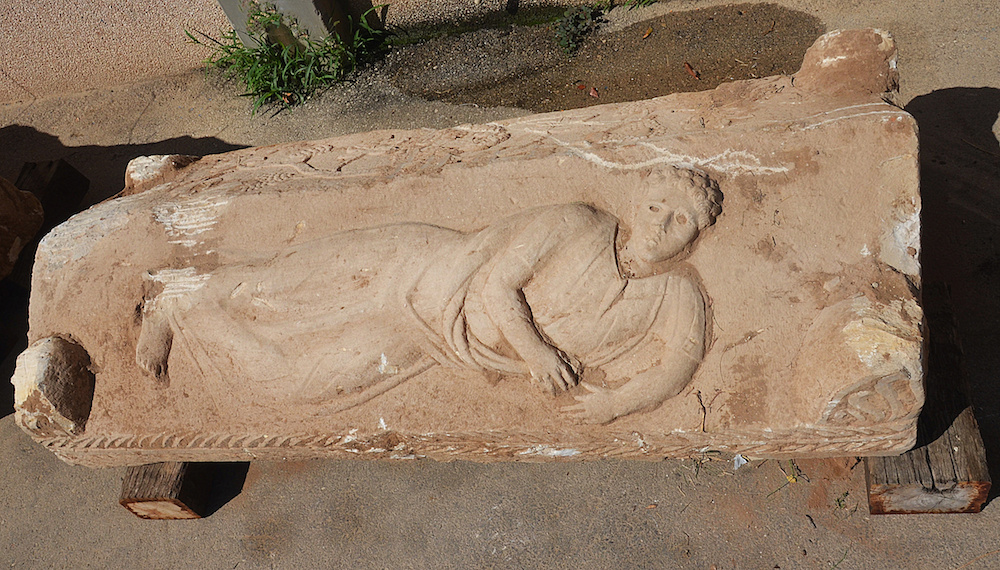
A male figure sculpted on the sarcophagus cover, possibly the image of the deceased.
Stunning sarcophagus cover
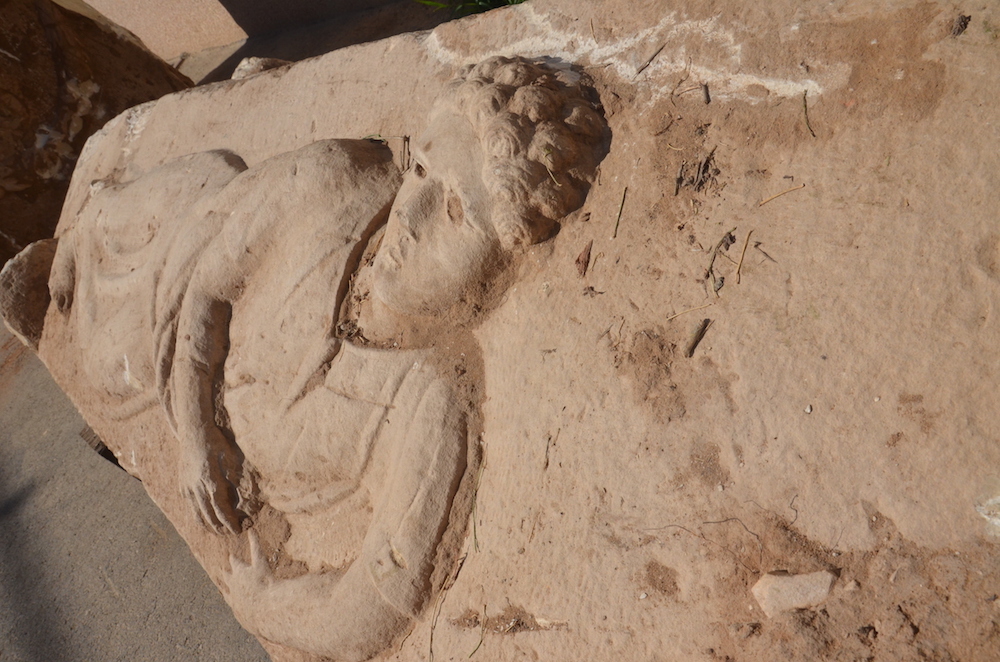
The male figure, possibly the deceased, sculpted on the sarcophagus cover is shown here in a close-up displaying the detailed carving.
A gentle touch
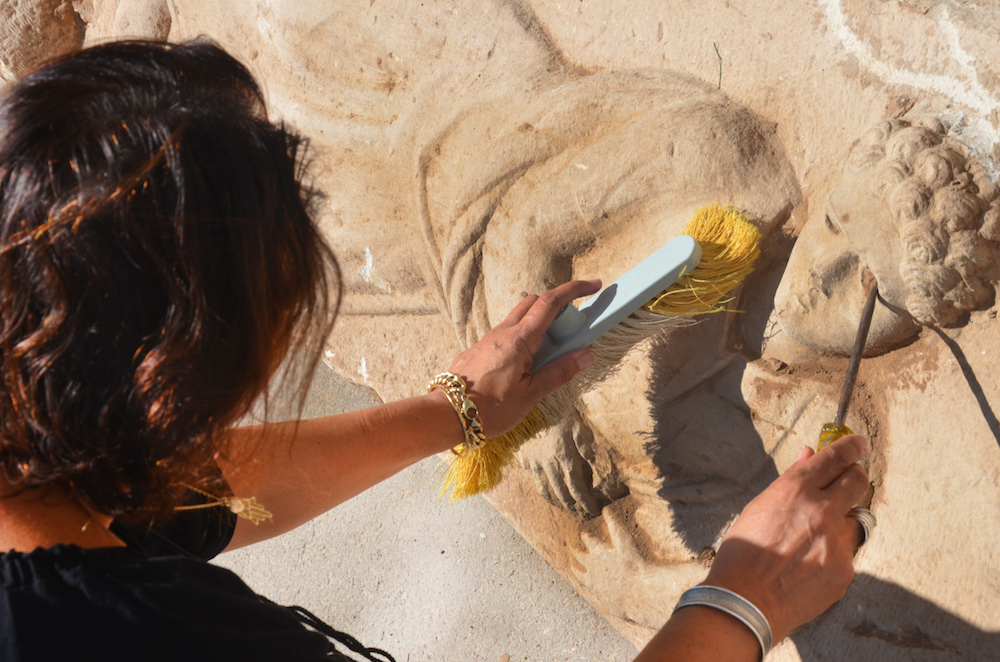
A team member gently cleans the sarcophagus cover, which could be the image of the deceased.
Get the world’s most fascinating discoveries delivered straight to your inbox.
Detail oriented
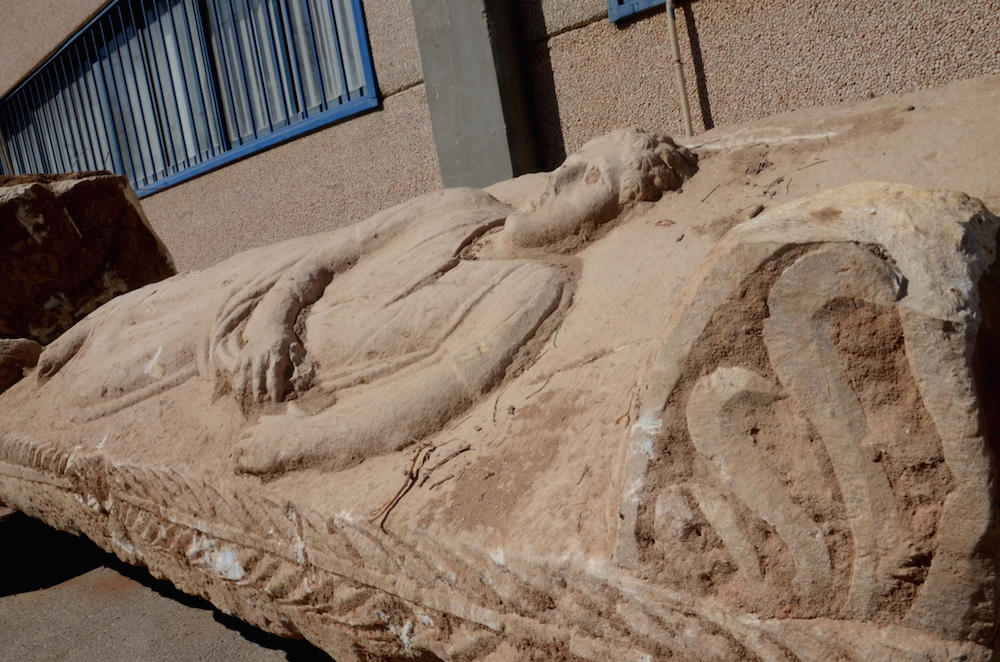
The sarcophagus cover was carved with amazing details, as shown in this close-up of the embellishments.
Providing for the dead
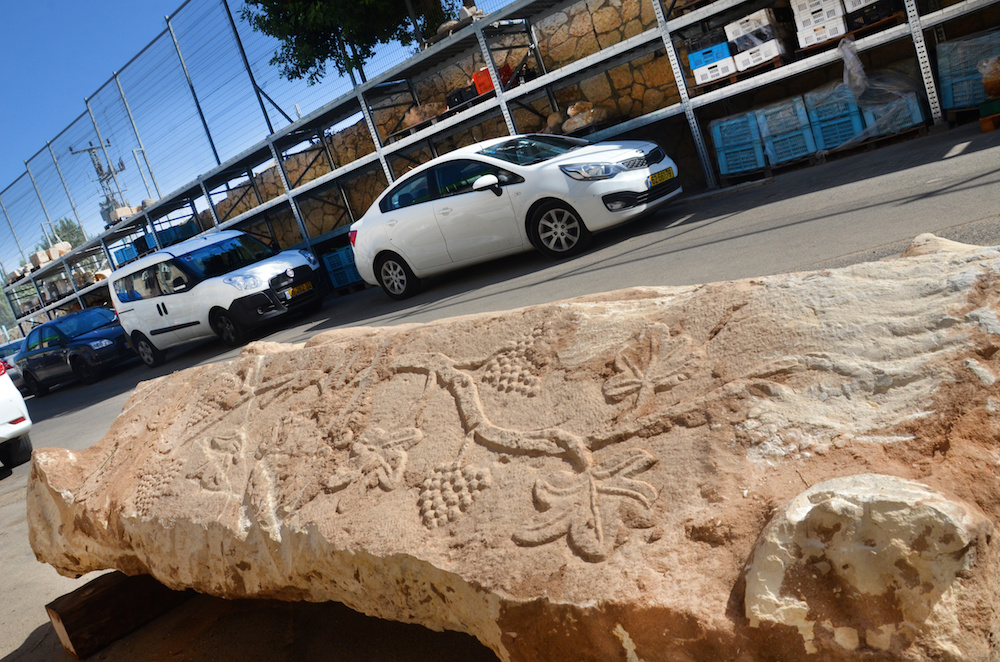
On the other side of the sarcophagus lid a jar used to transport liquids such as wine has been carved, from which there are intertwining tendrils bearing grape clusters and grape leaves.
Beauty in details
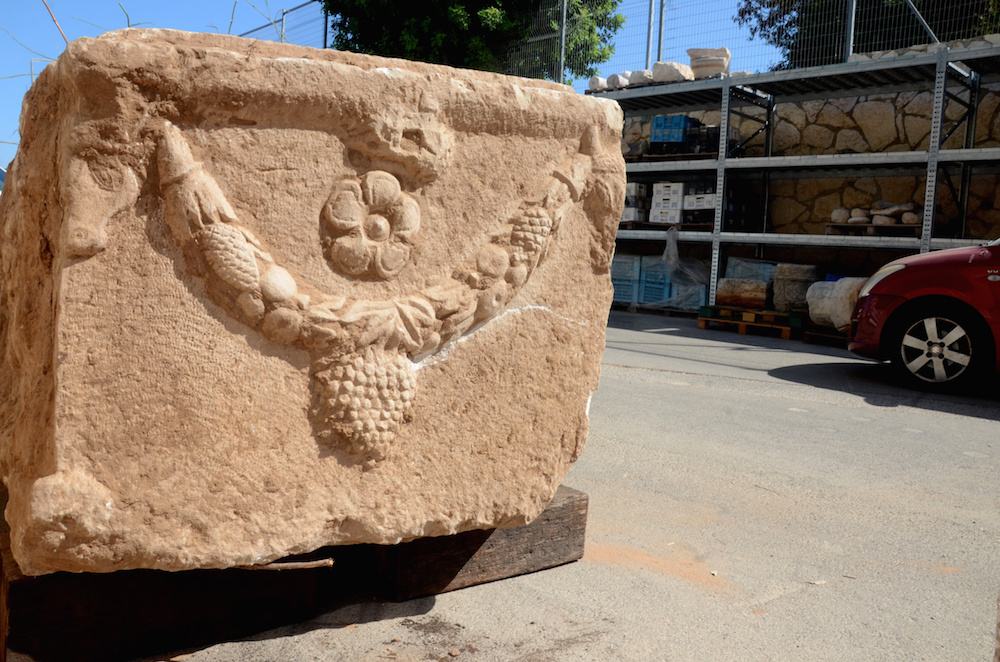
A wreath coming out of the upper edge of the sarcophagus, which is decorated with bulls' heads, consists of acanthus leaves together with pine cones and fruit. A grape cluster is in the center of the wreath, and a roselike decoration is also displayed in it.
Protection in death

The image of Medusa depicted on the sides of the sarcophagus was believed to protect the image of the deceased.
Brushing away centuries of dirt
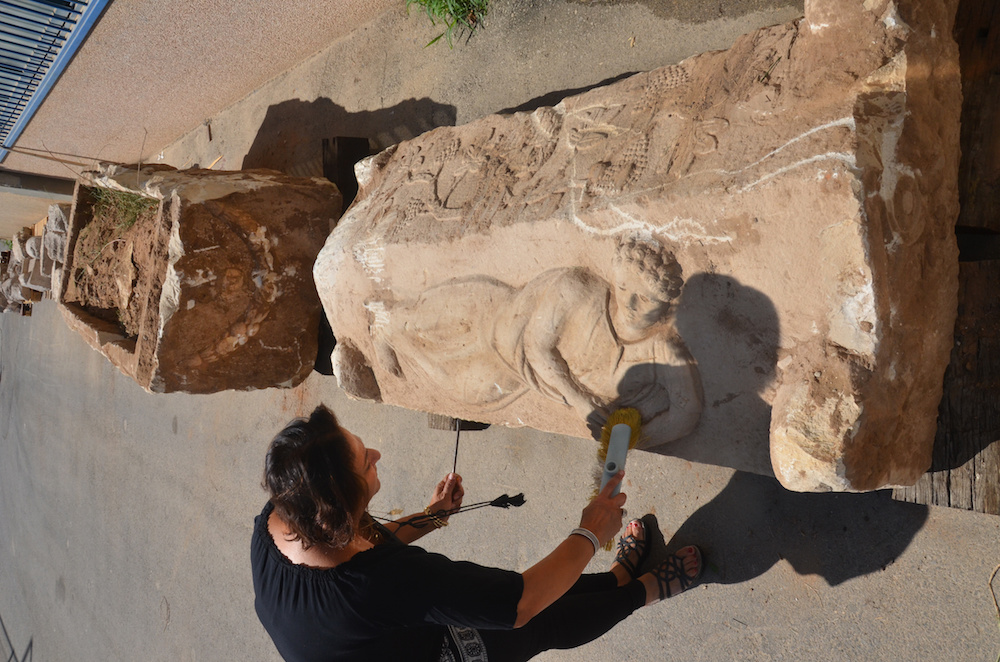
A team member brushes the ancient dirt and rock residue from the sarcophagus and its lid during the initial cleaning.
Follow Live Science @livescience, Facebook & Google+.

Laura is the archaeology and Life's Little Mysteries editor at Live Science. She also reports on general science, including paleontology. Her work has appeared in The New York Times, Scholastic, Popular Science and Spectrum, a site on autism research. She has won multiple awards from the Society of Professional Journalists and the Washington Newspaper Publishers Association for her reporting at a weekly newspaper near Seattle. Laura holds a bachelor's degree in English literature and psychology from Washington University in St. Louis and a master's degree in science writing from NYU.
